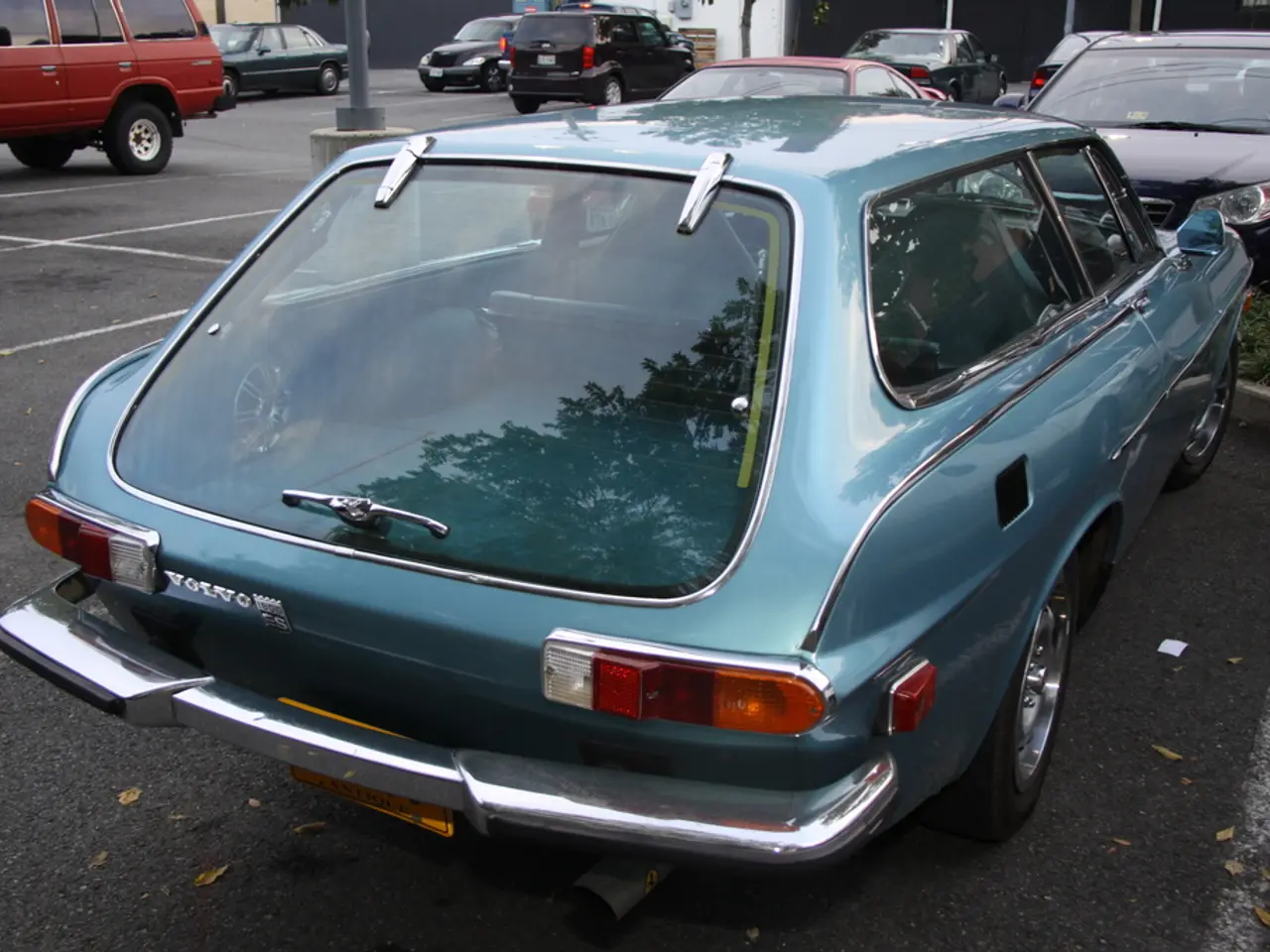Summer heat poses a higher risk for driving - it's advisable to avoid driving during hot weather conditions
In the sweltering heat of summer, several common objects can become extremely hazardous—even life-threatening—when left inside a hot car. Here's a rundown of the most dangerous items and their associated risks:
## High-Risk Items in Hot Cars
### Children, Pets, and Plants
Leaving any living being inside a parked car can be deadly. The temperature inside a car can rise rapidly—over 20°F in 10–15 minutes—leading to heatstroke, dehydration, and death within minutes, even if the outside temperature is mild.[1][3] Cracking a window does not provide adequate protection.[1][3]
### Aerosol Cans
Spray paint, hairspray, sunscreen, and other pressurized containers can explode when exposed to high temperatures. This not only damages the car’s interior but can also start fires or cause serious injury.[2][3]
### Electronics
Laptops, phones, tablets, cameras, e-cigarettes, vapes, and portable batteries contain lithium-ion batteries that can swell, catch fire, or explode in extreme heat.[2][3] The damage to devices as well as the risk of fire or explosion is significant.[2]
### Lighters
Disposable and refillable lighters can explode under high heat, posing a fire hazard and risk of injury.[1]
### Beverages and Plastic Bottles
Plastic bottles left in cars can leach chemicals into the water, especially if the bottle has been exposed to high heat for extended periods. Drinking this water could pose health risks.[4] Glass bottles can also shatter due to temperature changes.
## Less Obvious Hazards
### Food
Perishable food can spoil quickly, leading to foodborne illness if consumed.[1] Non-perishables can become unpalatable or unsafe if exposed to extreme heat.
### Medications
Many medications lose potency or become unsafe when exposed to high temperatures.[2] Always check storage instructions for temperature sensitivity.
## Summary Table
| Object | Main Risk | Potential Consequence | |----------------------|-----------------------------------|---------------------------------| | Children/Pets/Plants | Heatstroke, death | Deadly within minutes | | Aerosol cans | Explosion, fire | Injury, property damage | | Electronics | Battery fire/explosion | Injury, fire, property damage | | Lighters | Explosion, fire | Injury, fire | | Bottles/Food | Chemical leaching, spoilage | Health risks, illness | | Medications | Loss of potency/toxicity | Health risks |
Leaving these items—especially children, pets, and pressurized or battery-powered products—in a hot car during summer can lead to serious, sometimes fatal, consequences.[1][3] In scorching summer heat, the interior of a parked car can reach temperatures over 50 degrees. The heat inside a parked car can be fatal, especially for vulnerable groups such as children, seniors, and pets.
To prevent damage to items in a hot car, store them in the trunk or a cooled glove compartment, and avoid leaving the car in extreme temperatures. Always remember, it's better to be safe than sorry.
Children should not be left inside a hot car, as the interior temperature can rise rapidly, leading to heatstroke and potentially life-threatening consequences. In the realm of environmental science, addressing climate change and preserving the environment for future generations is a pressing matter that directly affects the weather and our planet's health.








